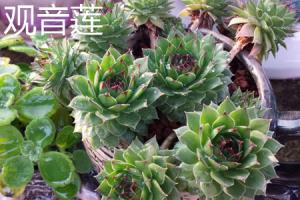Can I Plant a Single Pawpaw Tree?
Pawpaw (Asimina triloba) is a native North American fruit that tastes like a blend of mango and banana. The fruit, also called the "custard apple," is rich in flavor and nutrients, making it popular among fruit lovers and gardeners alike. If you're considering planting a pawpaw tree in your yard, you may wonder if you need to plant more than one, or if a single tree is enough. In this article, we'll explore the answer to that question and provide a guide on how to grow pawpaw trees successfully.
Do You Need a Pollinator?
Pawpaw trees are self-incompatible, meaning that they cannot self-pollinate. For successful fruit set, they require another pawpaw tree of a different genetic makeup to act as a pollinator. Therefore, if you want to have fruit from your pawpaw tree, you need to plant at least two trees to ensure cross-pollination occurs.
The Ideal Pawpaw Pollination System
In the wild, pawpaw flowers are pollinated by carrion beetles and blowflies, which are attracted to the fruit's odor that mimics that of decaying flesh. However, these insects are not efficient pollinators. For optimal fruit set, you should plant two different varieties of pawpaw trees within 100 feet of each other. The closer together they are, the better the chances of cross-pollination occurring. Ideally, the two trees should bloom at the same time, although some overlap in bloom time is acceptable.
Planting and Caring for Pawpaw Trees
When planting pawpaw trees, choose a site that receives partial shade or dappled sunlight. Pawpaw trees grow best in well-drained, fertile soil, with a pH range of 5.5 to 7.0. Planting in fall or early spring is ideal. When planting, space the trees 10-20 feet apart, depending on your preference for tree form and size. Pawpaw trees can grow up to 20 feet tall and wide, so give them ample room to spread out.
Water newly planted pawpaw trees regularly and mulch around the base to conserve soil moisture. Fertilize in late winter or early spring with a balanced 10-10-10 fertilizer or compost. Prune the trees annually to remove dead or diseased wood, and to shape the tree's form. Pawpaw trees are susceptible to frost damage, so protect the tree by covering it with a blanket or burlap if frost is forecast.
In Conclusion
If you're wondering if you can plant a single pawpaw tree, the answer is no, at least not if you want it to produce fruit. Pawpaw trees require cross-pollination to set fruit, so planting at least two different varieties is necessary. When planting pawpaw trees, choose a site with partial shade, well-drained soil, and space the trees 10-20 feet apart. With proper planting and care, you can enjoy the delicious, custard-like fruits of this unique North American tree for years to come.

 how many times do yo...
how many times do yo... how many planted tre...
how many planted tre... how many pine trees ...
how many pine trees ... how many pecan trees...
how many pecan trees... how many plants comp...
how many plants comp... how many plants can ...
how many plants can ... how many plants and ...
how many plants and ... how many pepper plan...
how many pepper plan...
































